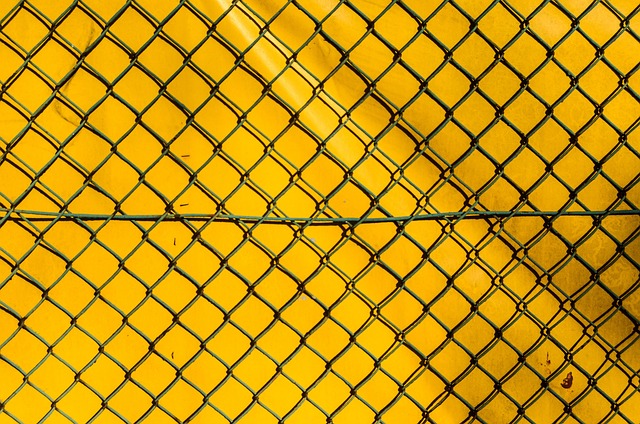New Bedford, Massachusetts homeowners looking to enhance their outdoor spaces can take on a DIY fence installation project with the right guidance. This article offers expert tips and step-by-step instructions for navigating the process successfully. From understanding local regulations and selecting suitable materials to measuring accurately and mastering assembly techniques, you’ll find everything needed to create a sturdy and aesthetically pleasing barrier tailored to your yard’s unique characteristics.
- Understanding Local Regulations for Fence Installation in New Bedford
- Choosing the Right Fence Type and Material for Your Yard
- Measuring and Planning Your Fence Layout Step-by-Step
- Effective Tools and Techniques for DIY Fence Assembly and Installation
Understanding Local Regulations for Fence Installation in New Bedford
Before starting your DIY fence installation project in New Bedford, it’s crucial to familiarize yourself with local regulations and building codes. The city of New Bedford has specific guidelines regarding property improvements, including fence installations. These rules are designed to ensure safety, maintain aesthetic standards, and protect neighborhood harmony. Homeowners should check with the New Bedford Building Department or contact a local government official to inquire about permits, height restrictions, fencing materials, and any other relevant regulations.
Understanding these local laws is essential to avoid fines and potential project delays. Each town or city may have unique requirements, so it’s worth taking the time to understand and comply with them. This process will ensure your fence installation goes smoothly and meets all necessary safety and legal standards for New Bedford, Massachusetts.
Choosing the Right Fence Type and Material for Your Yard
When it comes to choosing a fence for your New Bedford yard, consider factors like climate, maintenance preferences, budget, and aesthetic preferences. For instance, if you live in a snowy area, opt for durable materials like vinyl or treated wood that can withstand harsh weather conditions. On the other hand, those seeking low-maintenance options might prefer fencing made from composite materials or metal, which require minimal upkeep.
The layout of your yard also plays a significant role in material selection. For example, picket fences work well for defining small, enclosed spaces, while privacy fences are ideal for larger areas needing shade and a sense of seclusion. Wrought iron or chain-link fences offer security without blocking out light, making them suitable for broader yards.
Measuring and Planning Your Fence Layout Step-by-Step
Before breaking ground, careful planning is key to a successful DIY fence installation. Start by visually inspecting your property to identify where you want the fence to be located and assess any potential challenges like trees or utility lines that might affect your layout. Next, gather measuring tools—a tape measure, level, and marker—to map out the exact dimensions of your desired fence line.
Begin by marking the corners of your fence on the ground using stakes and string for a straight edge. Make sure these marks align with your property lines to avoid any legal issues. Once you have a clear layout, measure and mark the distances between each corner post, ensuring equal spacing for maximum stability. This step-by-step process will guide you in setting posts at the correct intervals, providing a solid foundation for your new fence.
Effective Tools and Techniques for DIY Fence Assembly and Installation
When it comes to DIY fence installation, the right tools and techniques can make all the difference. Start by gathering essential equipment like a measuring tape, level, hammer, post-hole digger, and a power drill with appropriate bits. These tools will enable accurate measurements, precise post placement, and secure fastening.
For assembly, use sturdy fasteners such as galvanised nails or screws designed for outdoor use. Ensure posts are securely attached to the ground using concrete to provide stability and longevity. Remember, proper technique is key; follow instructions carefully, maintain a level surface, and double-check connections for a robust and lasting fence installation.
